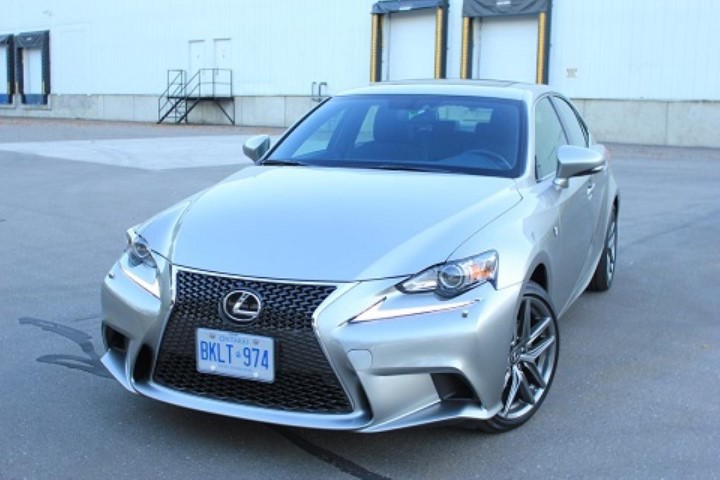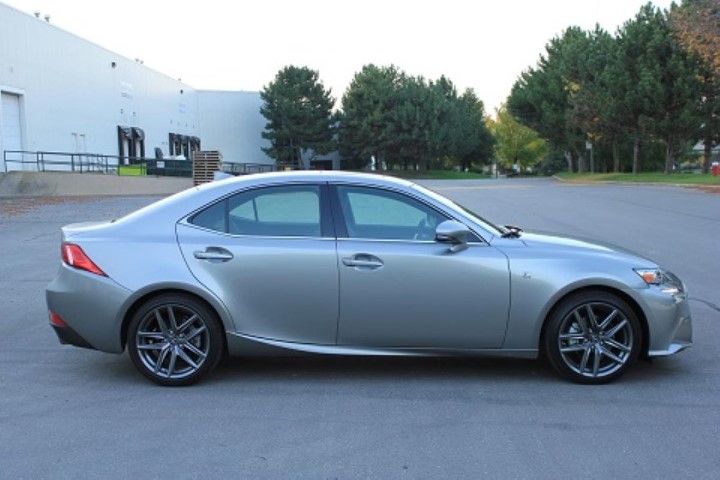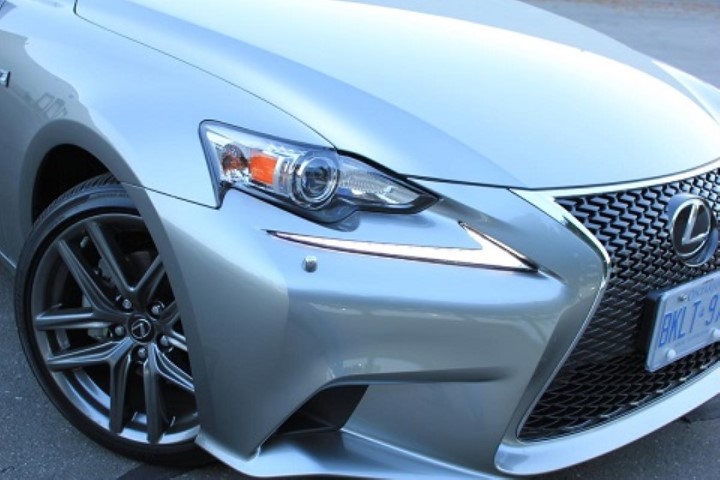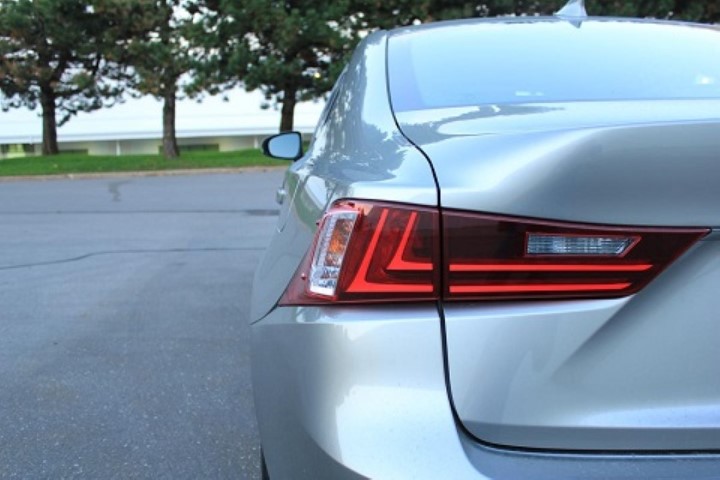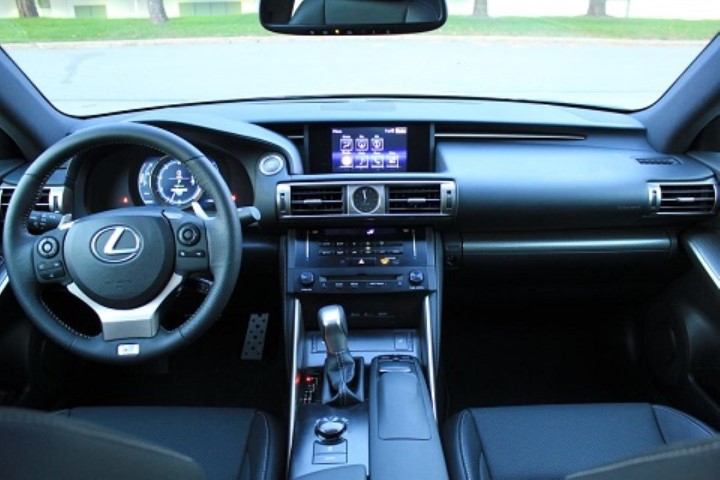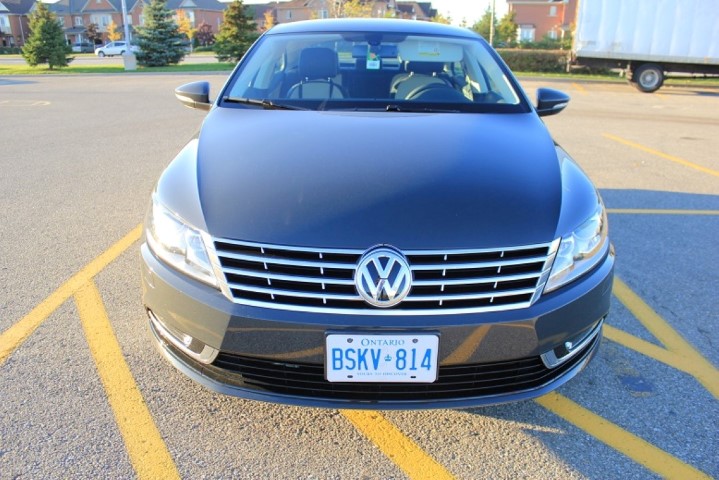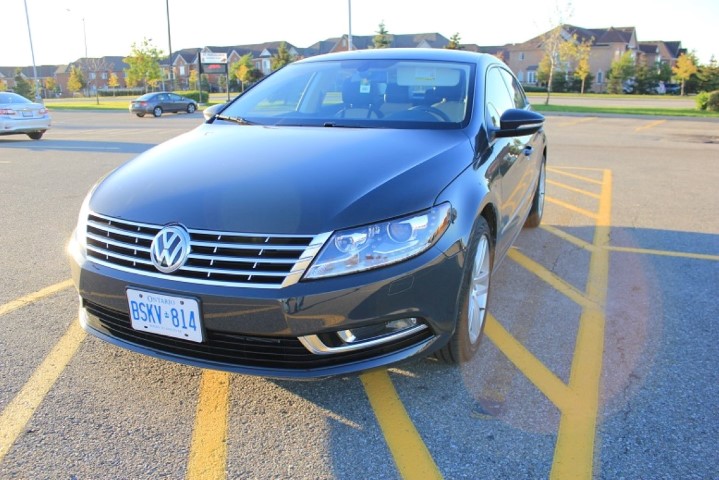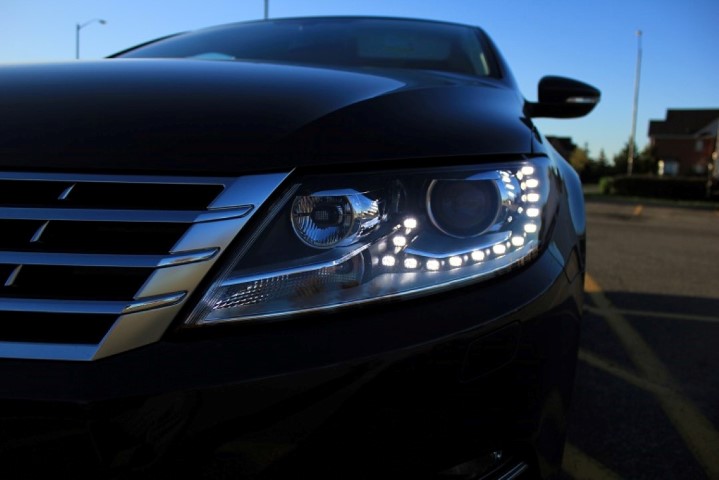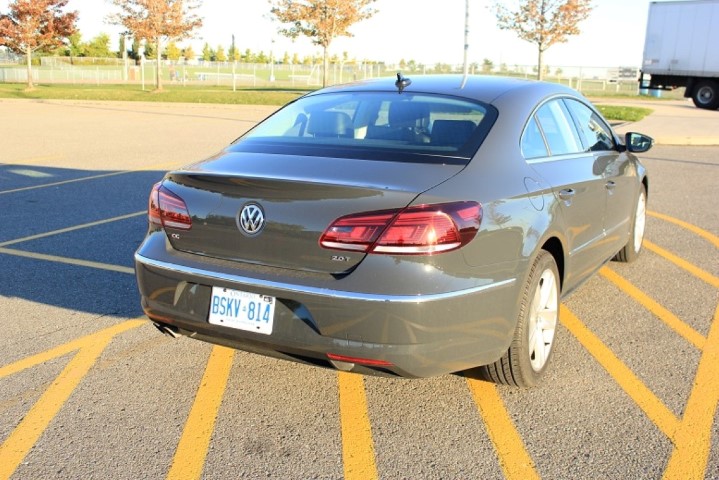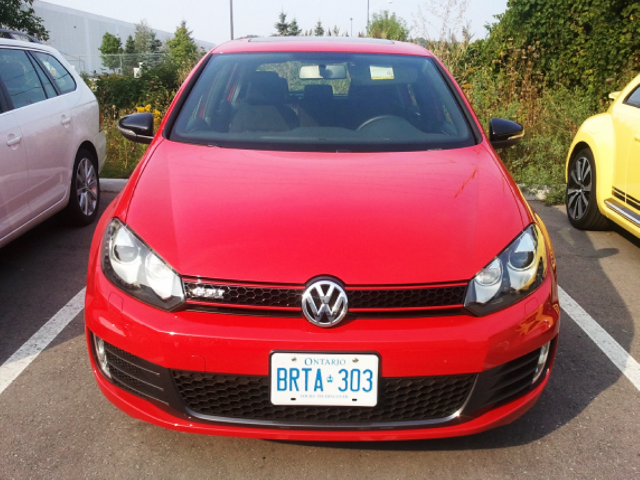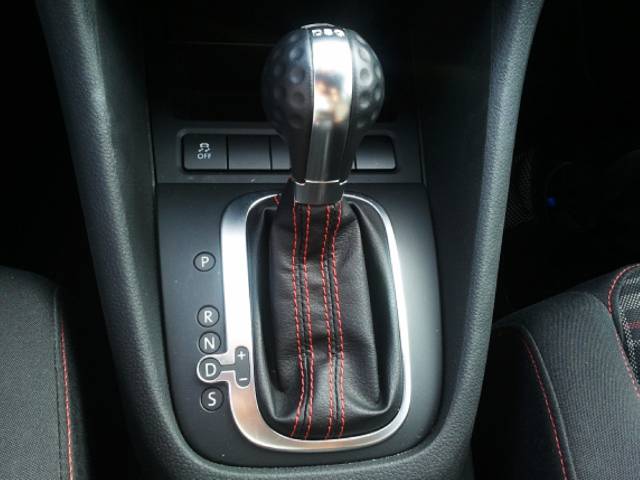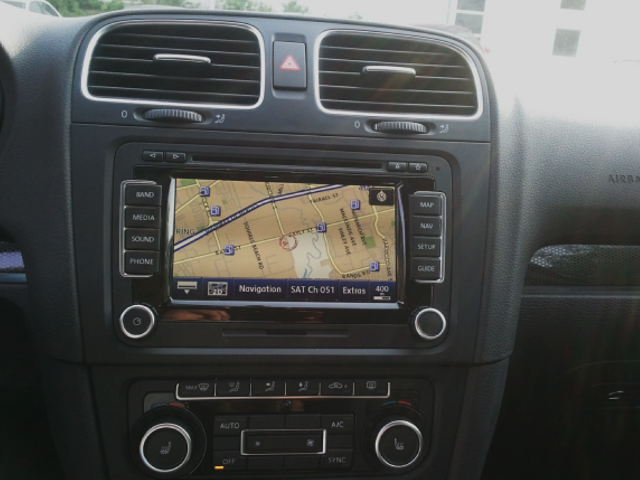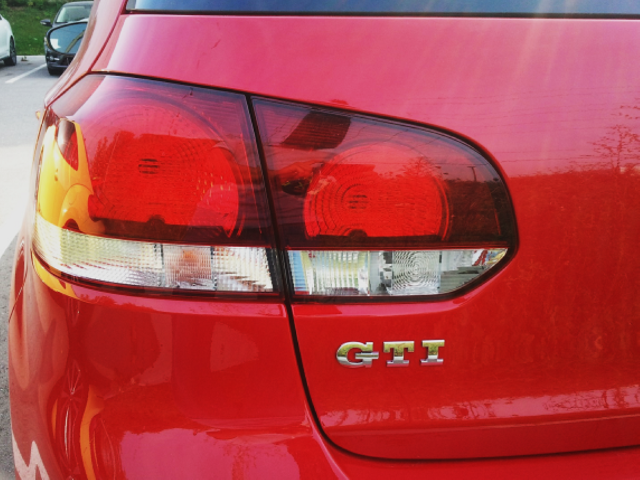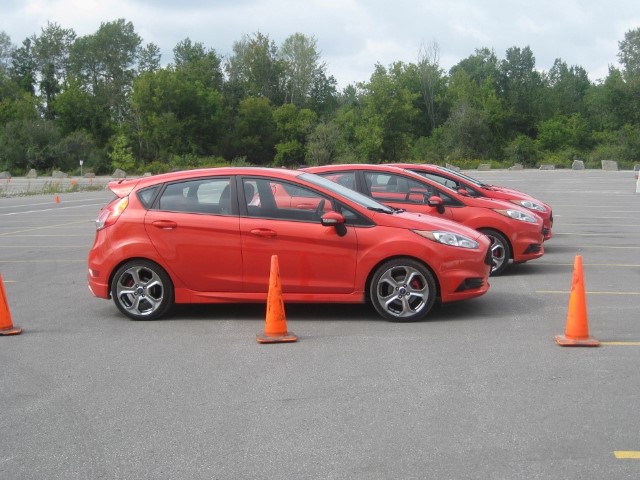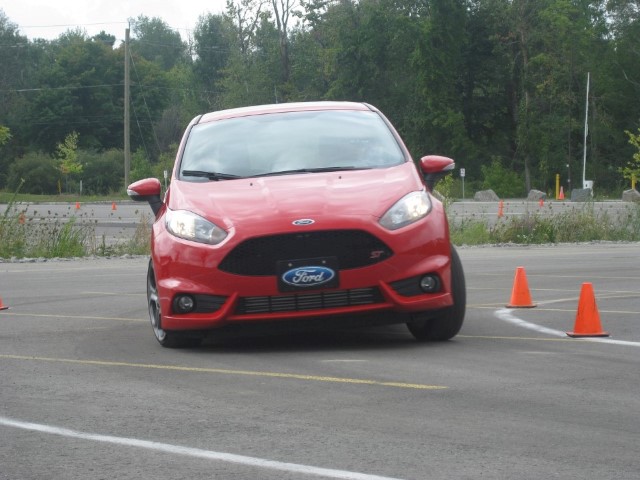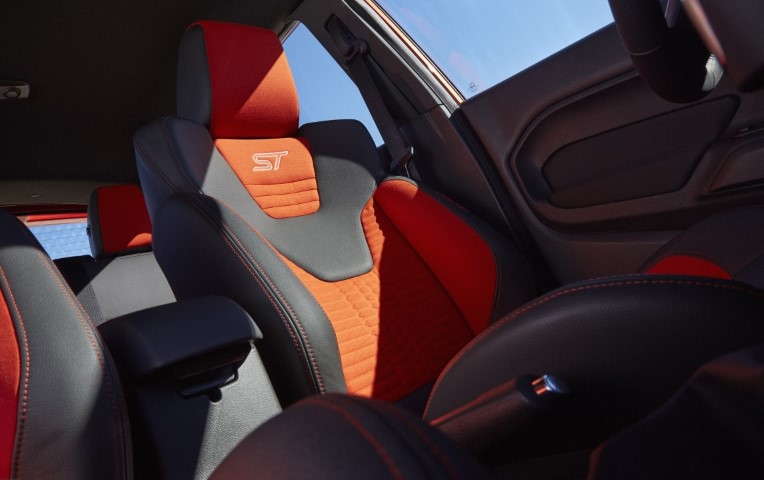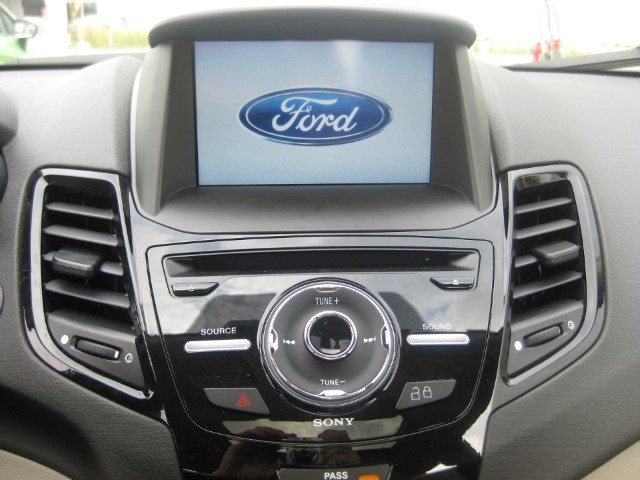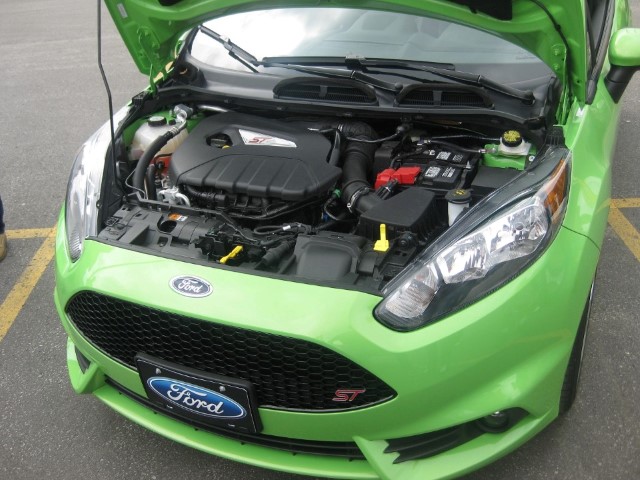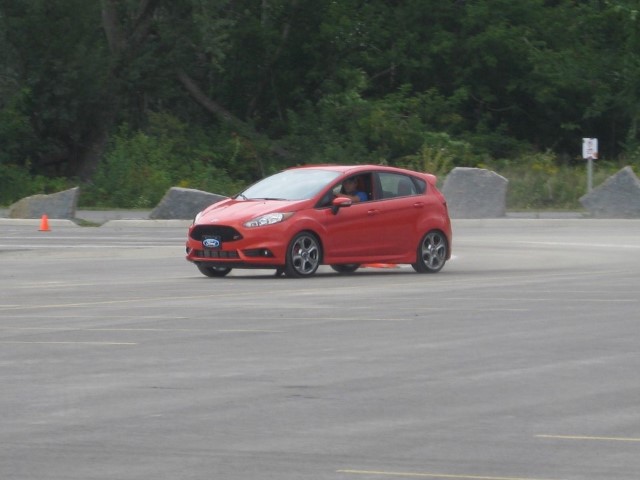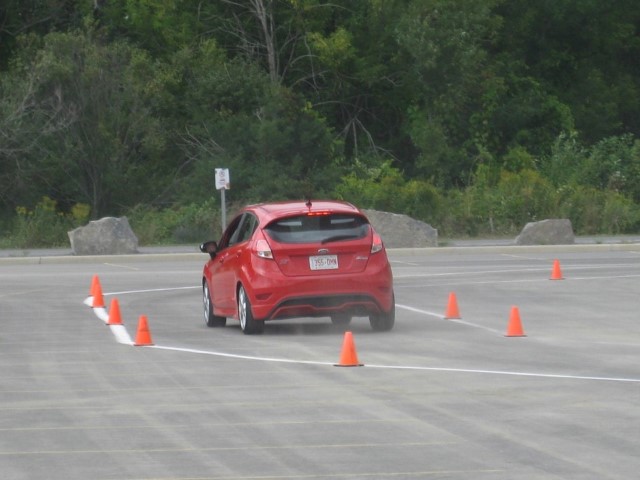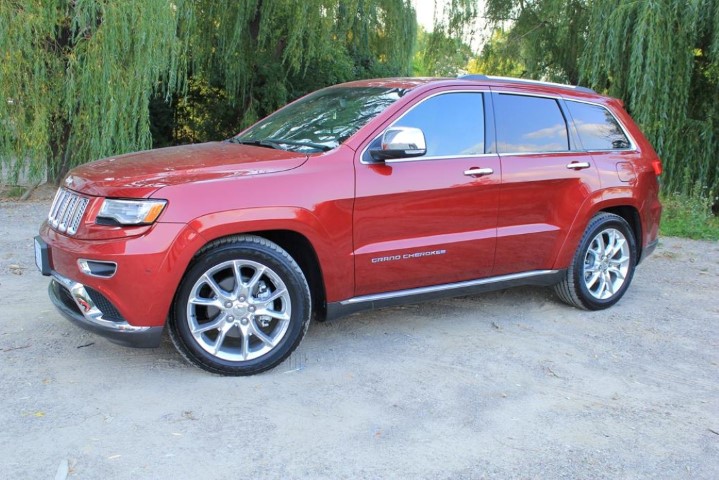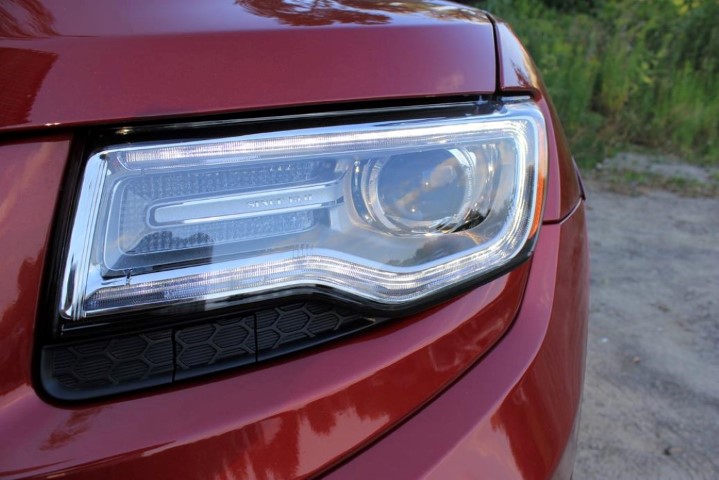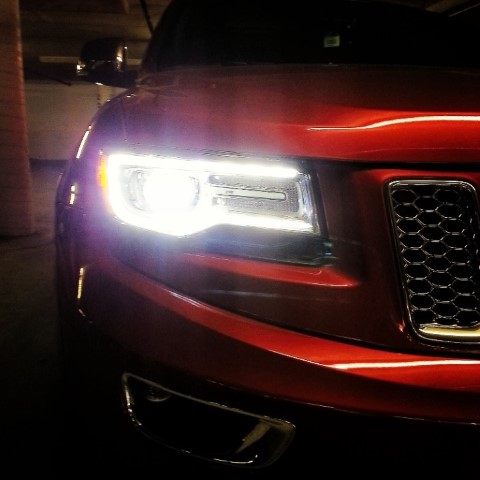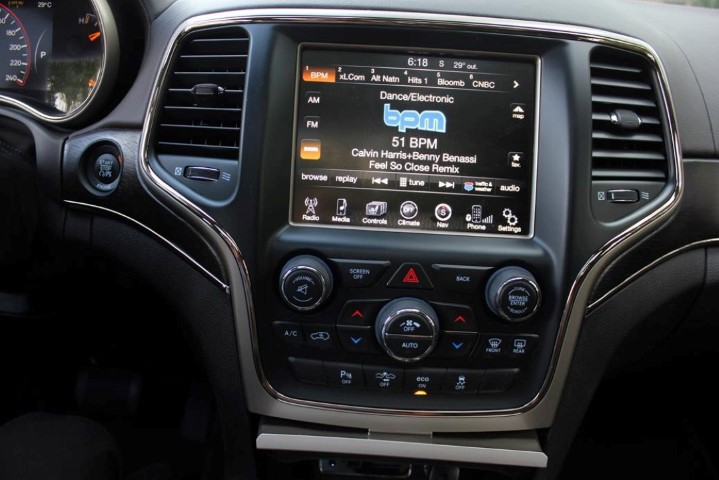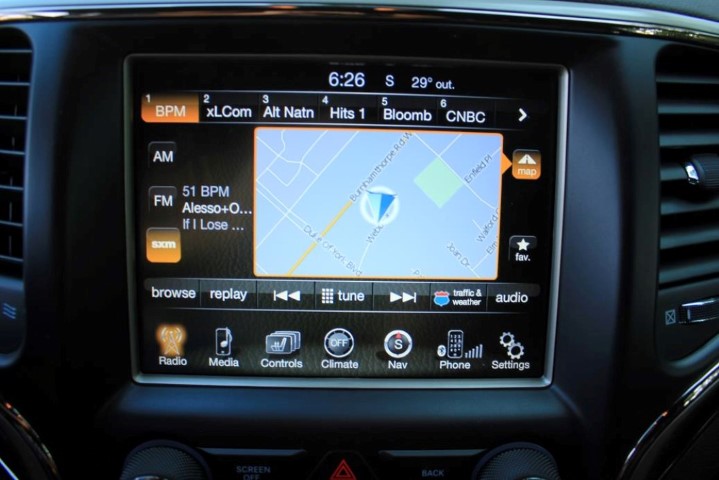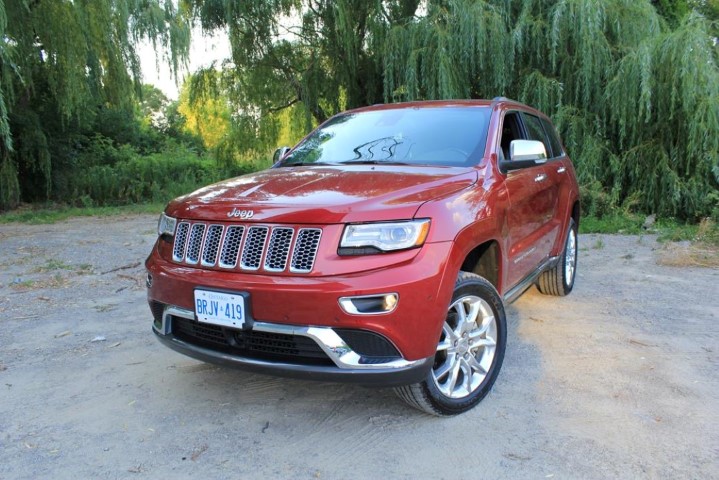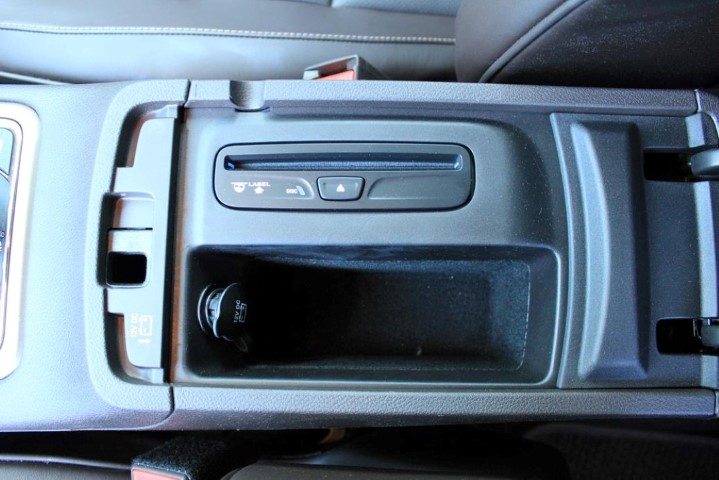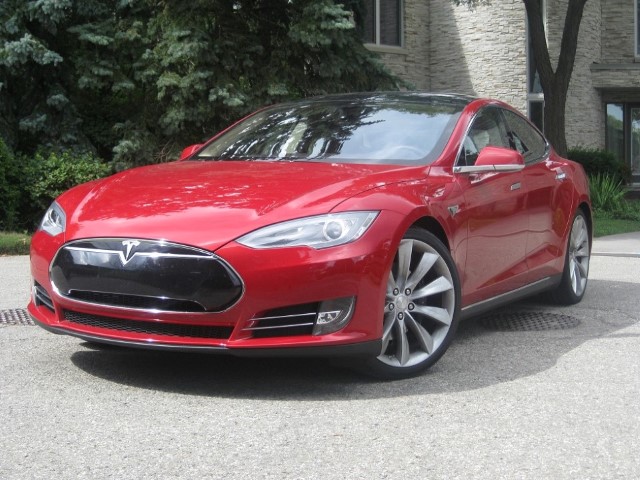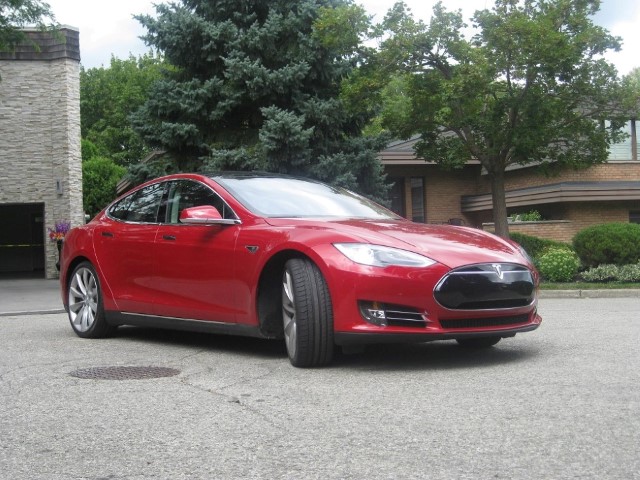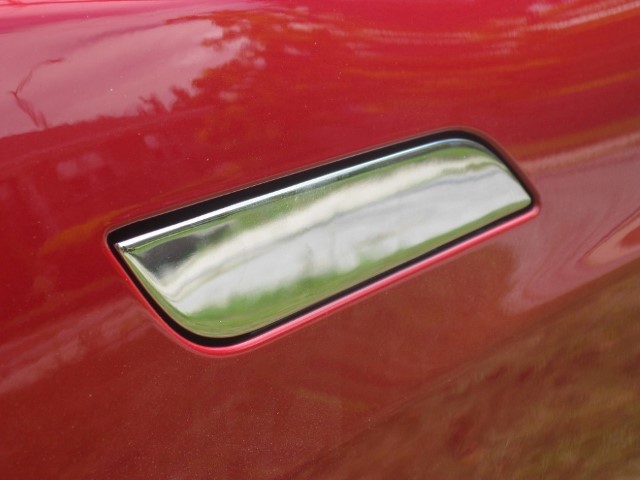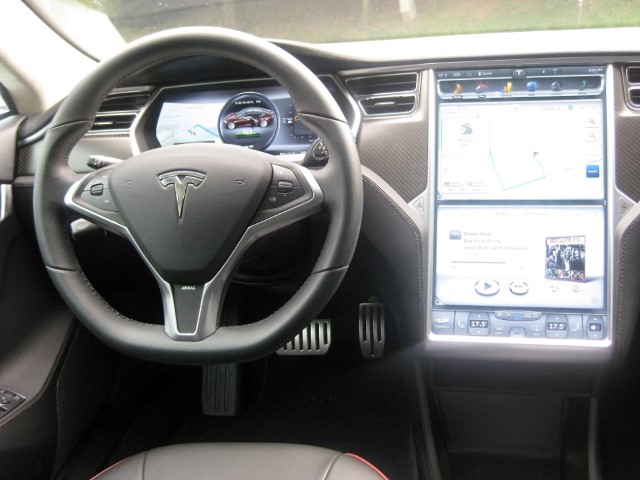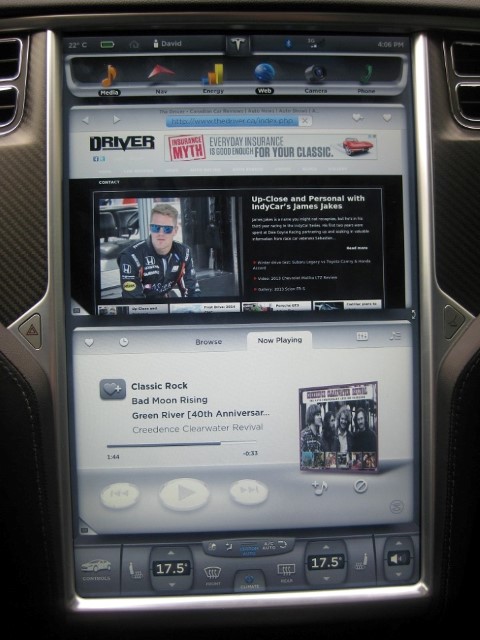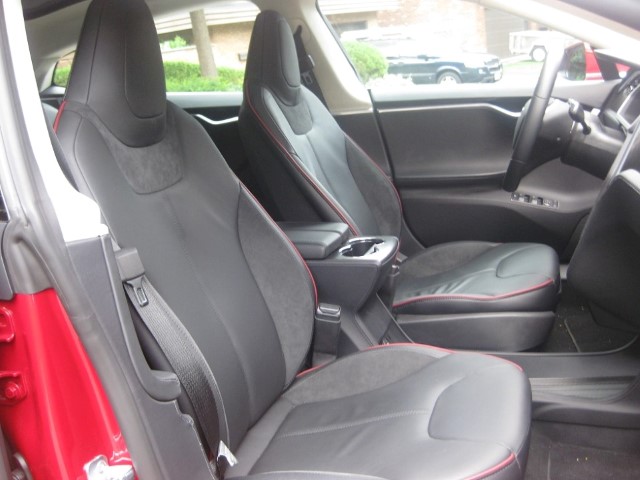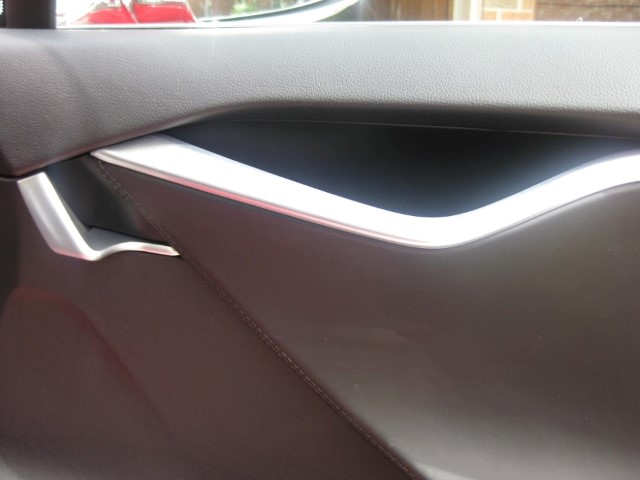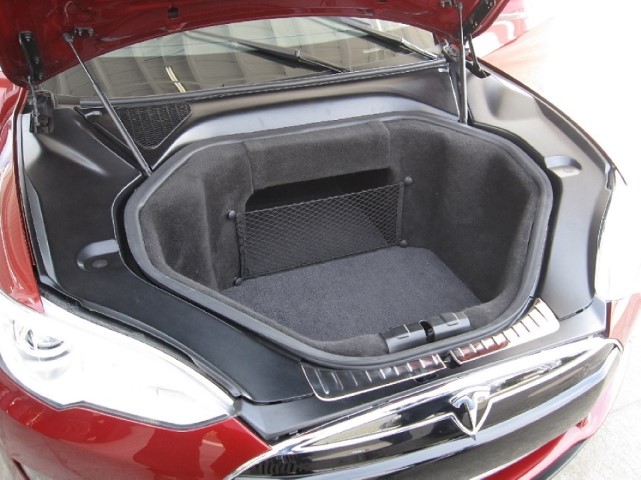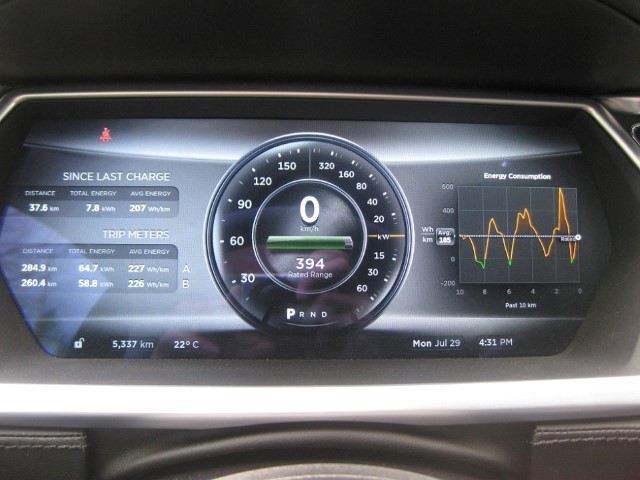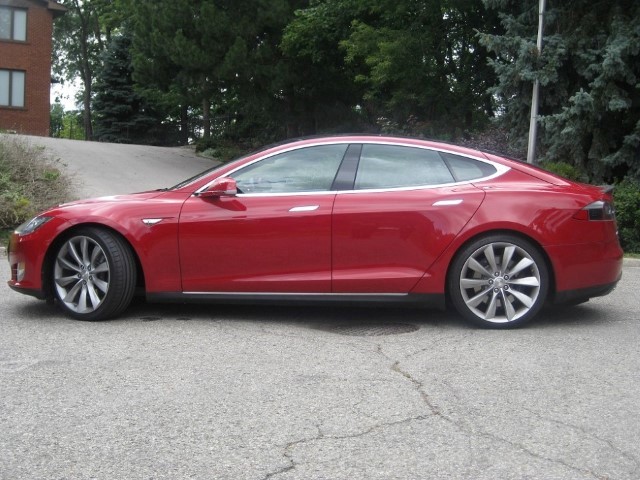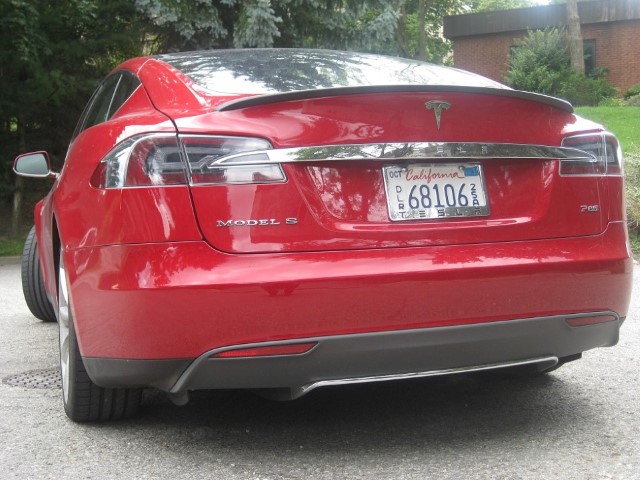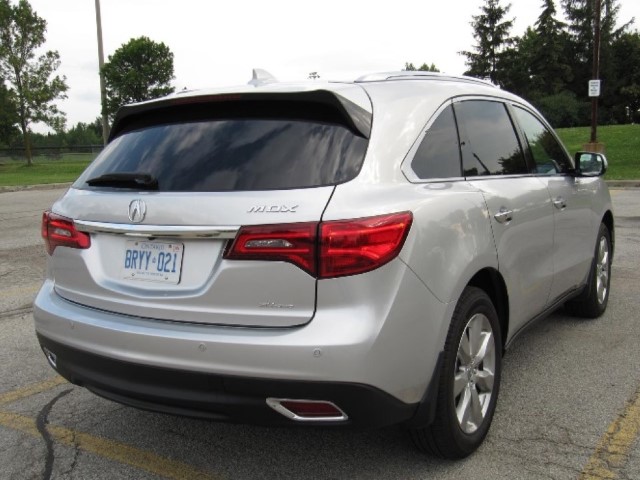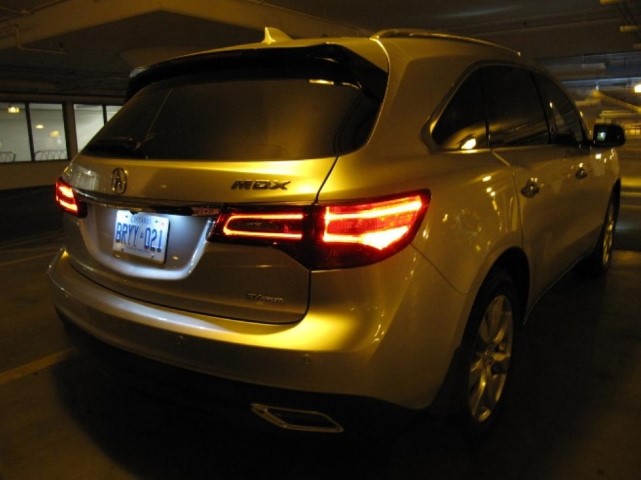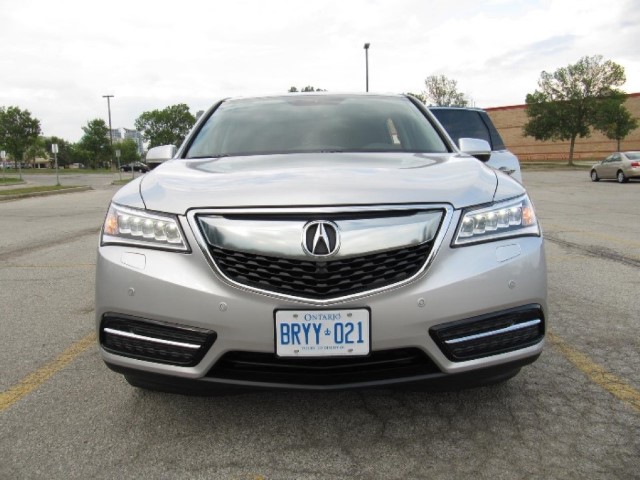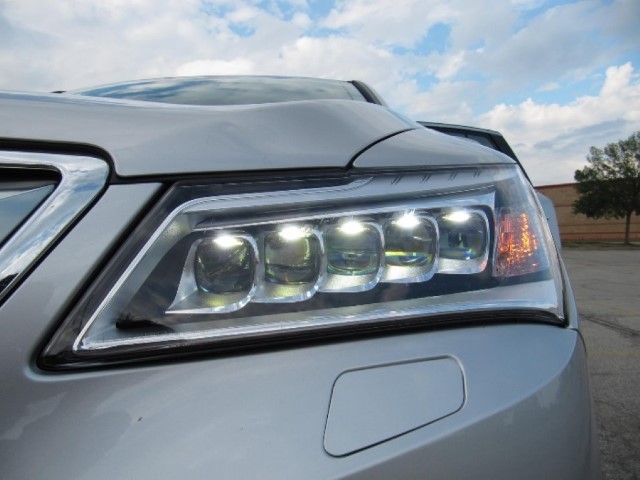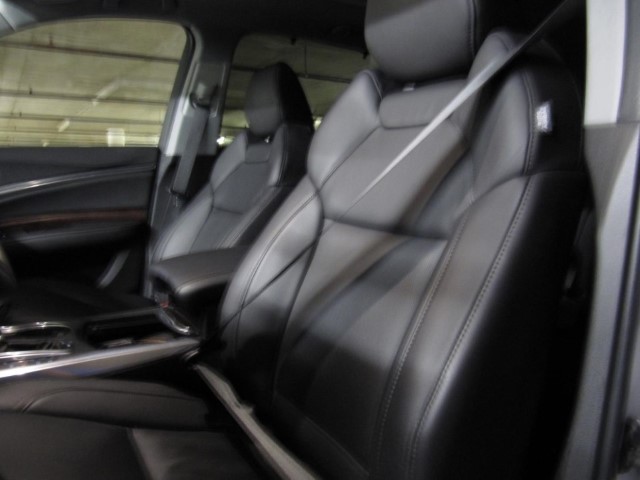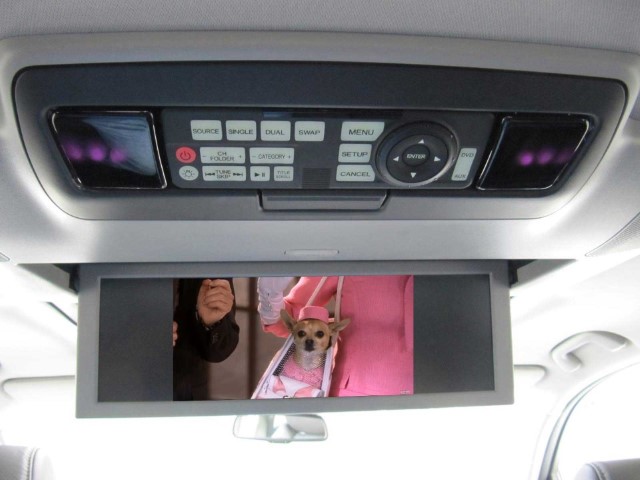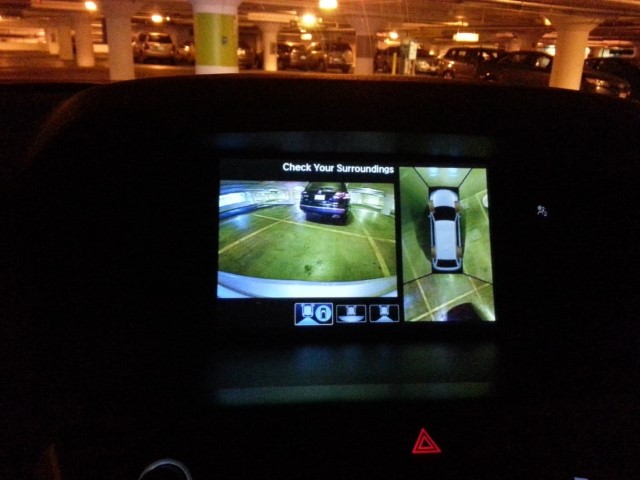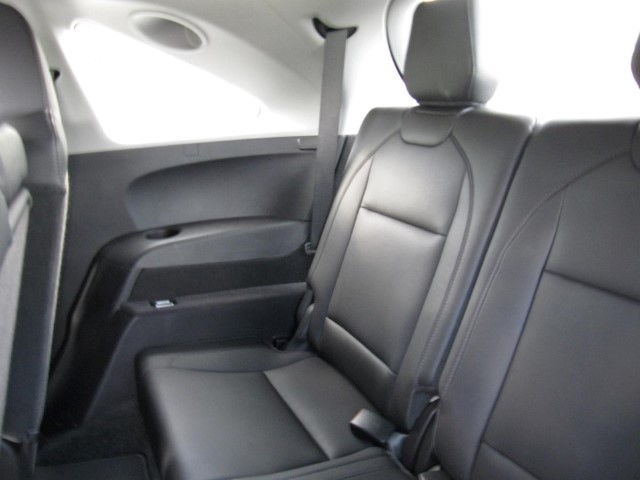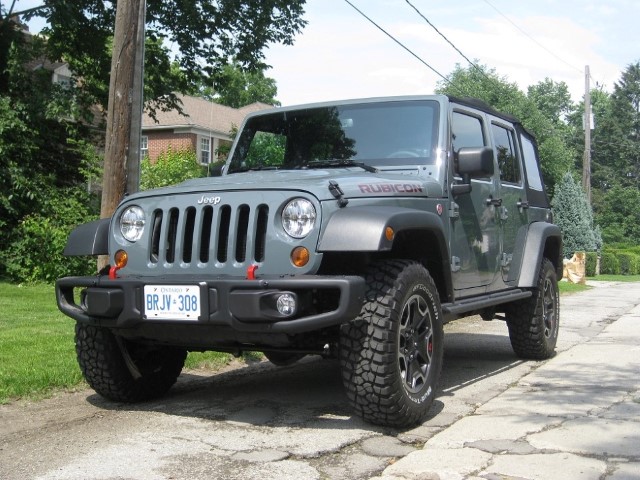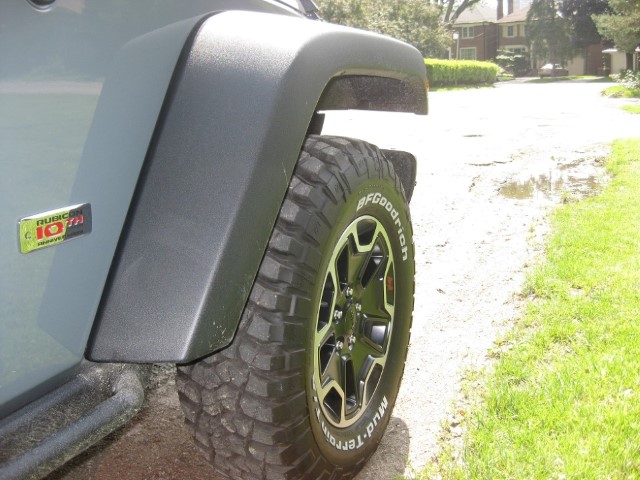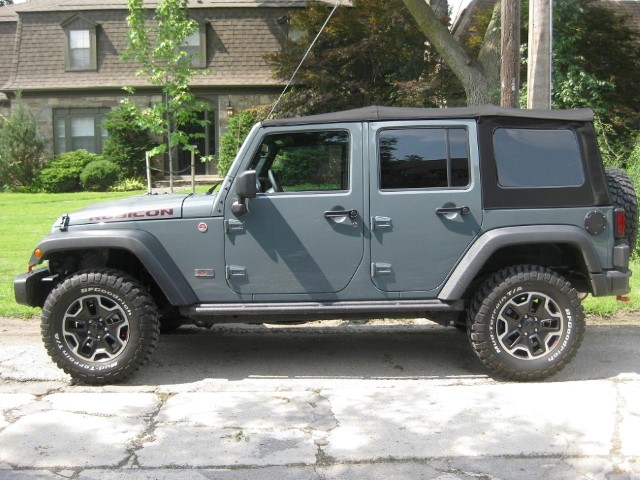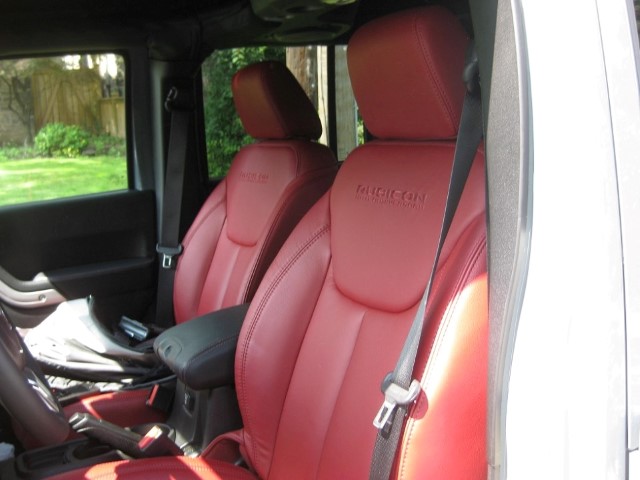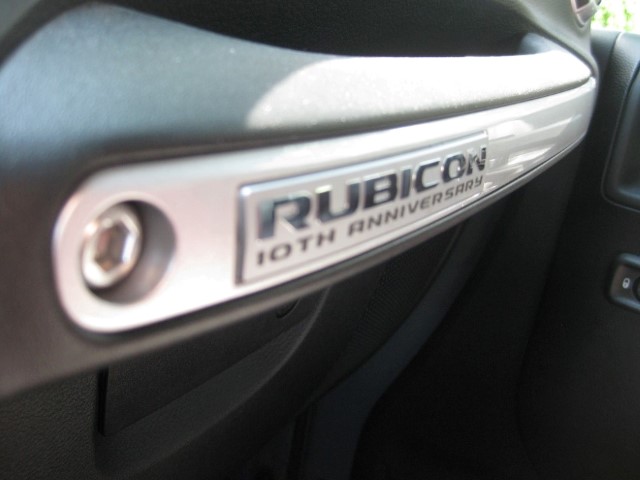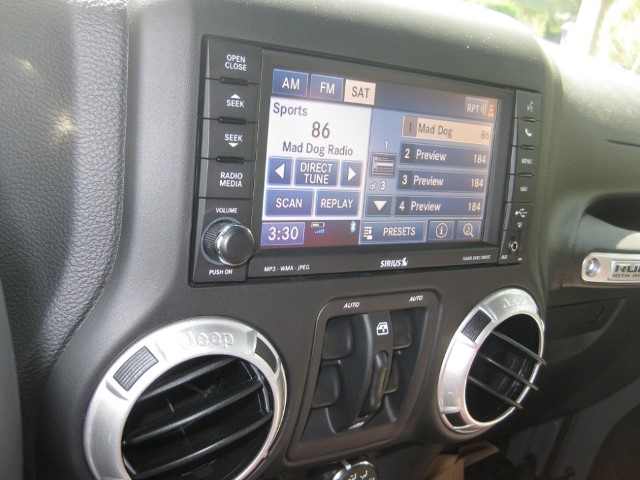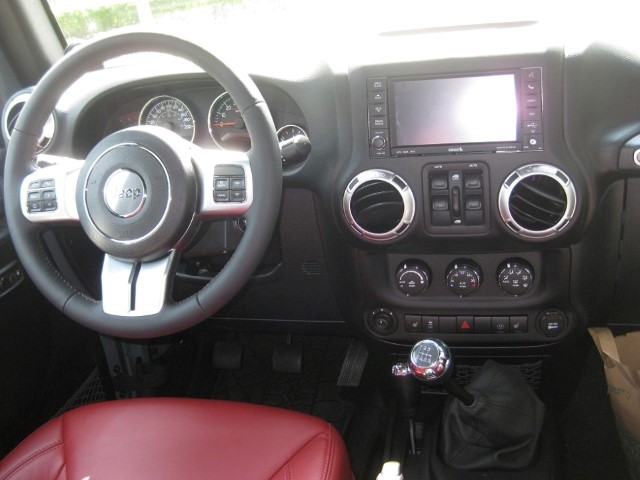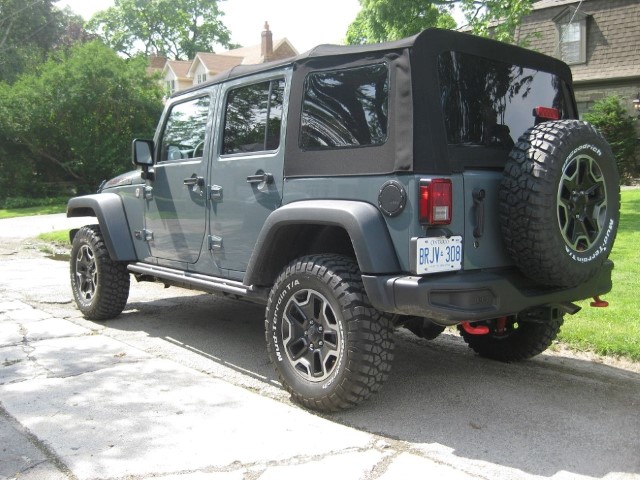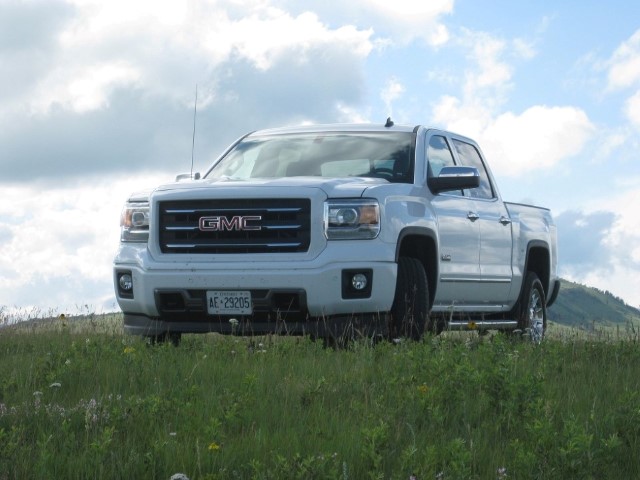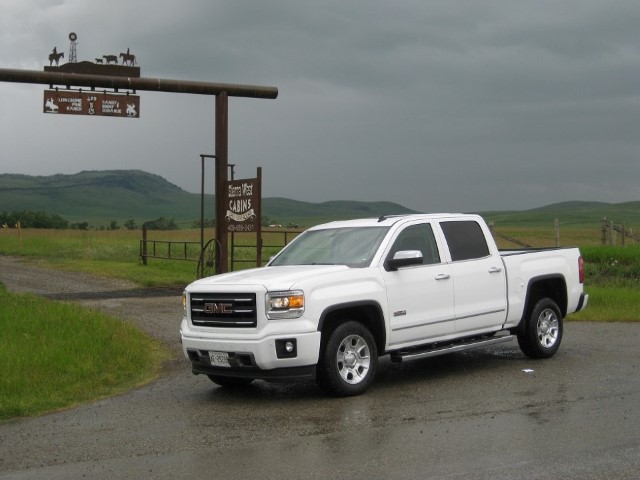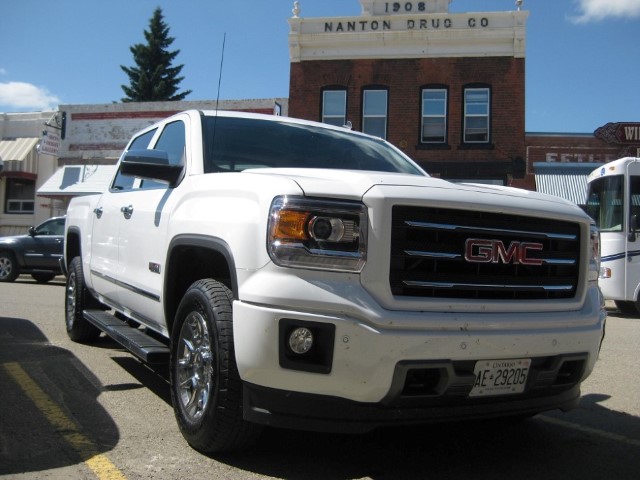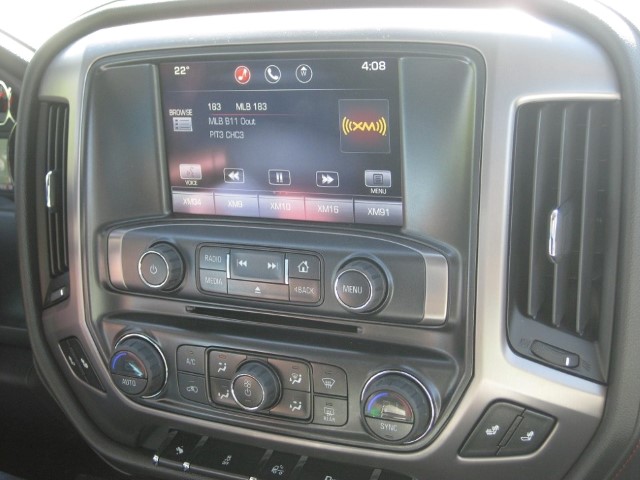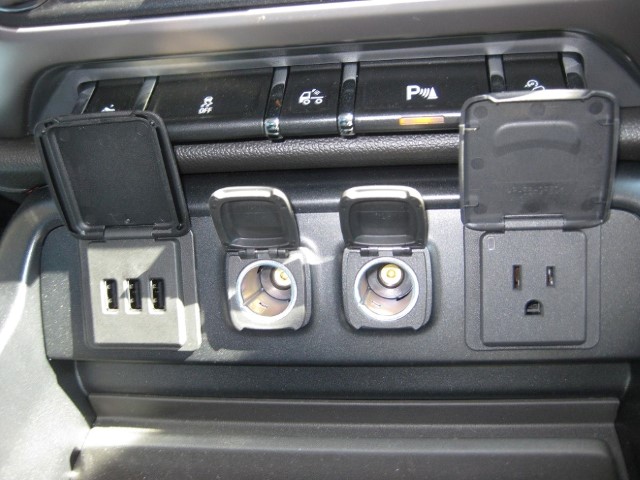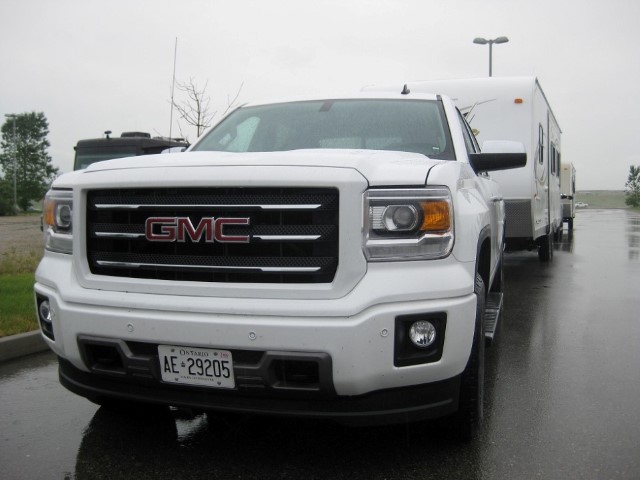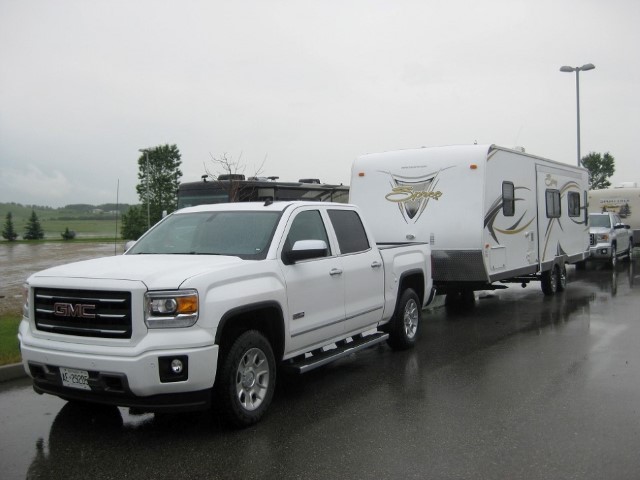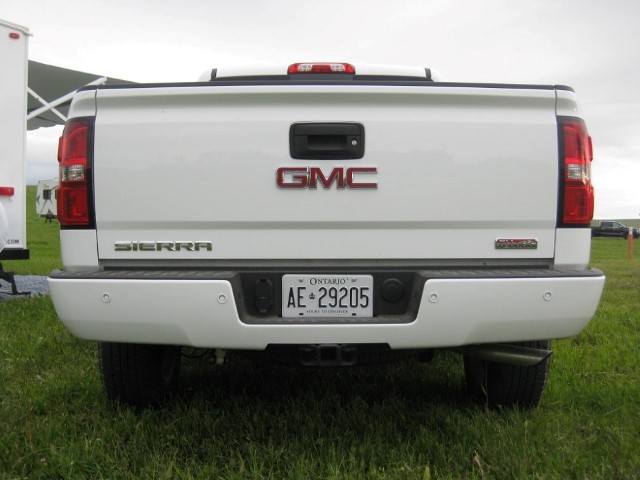Muskoka, ON – Earlier this year, Infiniti made a bold move to change their nomenclature from G’s and M’s to a simple letter “Q” that will be the prefix to all of their models. All of Infiniti’s cars will start with Q; while all of its crossovers and SUVs will start with QX. It’s a global strategy that Infiniti hopes to lift the brand into a better position in the luxury/performance division. It also is a trip back to its history, as their first vehicle was the 1989 Q45 luxury sedan.
The first model to be released under the new “Q” branding strategy is their popular entry-level luxury sedan, the Q50, the artist formerly known as the G37. If you can believe it, it’s already in its fifth generation, which Infiniti is hoping will be its best.
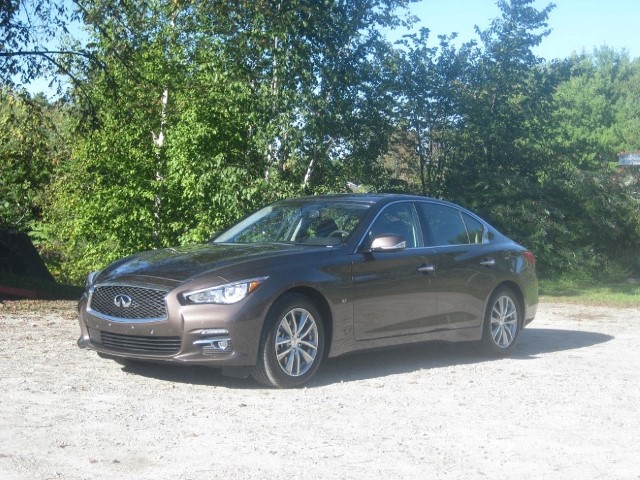
The G37 has always been known for its low-to-the-ground sporty look that catches the attention of any driving enthusiast. This Q50 ups its game by adding premium styling and an abundance of driving technology coupled with driver connectivity. Strong V-6 power aside, Infiniti has tried to connect to the young driving enthusiast who has a craving for technology. Oh, and if you haven’t heard, they’ve added a hybrid version as well.
Initial Glance
The Q50 is inspired by the Infiniti Essence that debuted back in 2009. At that time, Infiniti showed off a glimpse of the future with the Essence’s high-powered sexy frame and I would say that they’ve stayed true to form with the Infiniti Q50. The Q50 gives out a Lindsey Vonn look, as it’s tight and athletic with some fine curves. Don’t get upset now, I could have said the proverbial Anna Kournikova reference!
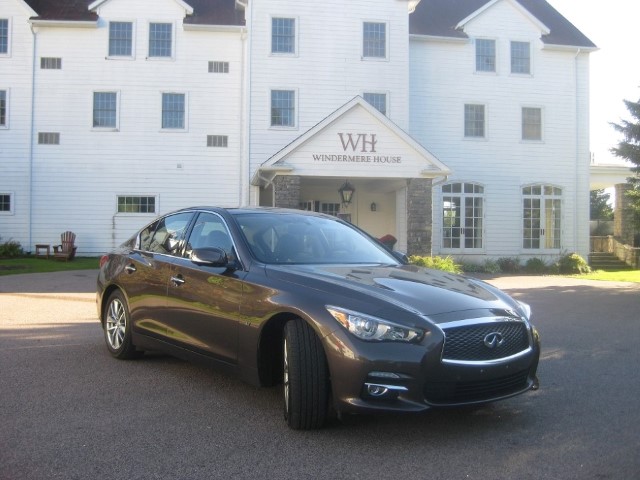
The lines throughout the Q50 start from Infiniti’s signature double arch grille and flow through the body straight to the back. It’s truly a piece of art woven by the likes of Vincent Van Gogh setting the mood and energy for a spirited drive. Brought in to refine the ride are distinctive LED headlights and LED rear combination lamps.
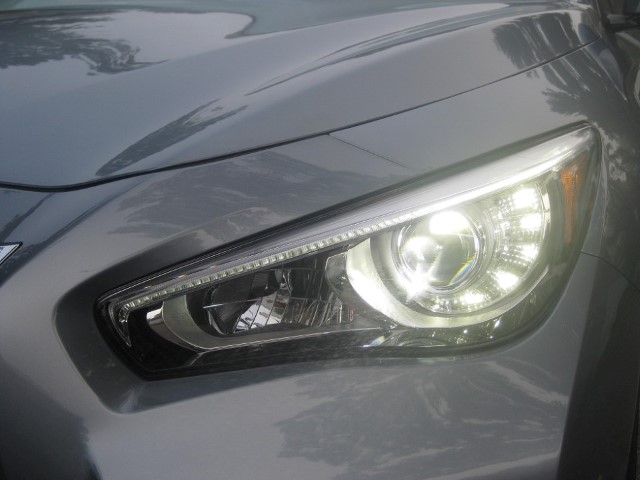
You can tell immediately that the Q50 is lower and wider than its predecessor which adds to its sporty touch. However, it’s more subdued overall with a quiet confidence representing a possible change to mesh with an early-thirties kind of customer. It comes standard with 17-inch wheels, but you can upgrade to the sportier 19-inch aluminum-alloy wheels that come in the S (sport) models.
A Look Inside
Infiniti interiors always provide a touch of class and luxury and the Q50 is even a step-up with its added technology and design catered for the driver. Maple wood trim found on the centre console complements the soft black leather that cover the rest of the interior on the dash, doors and seats of every Q50 minus the base model.
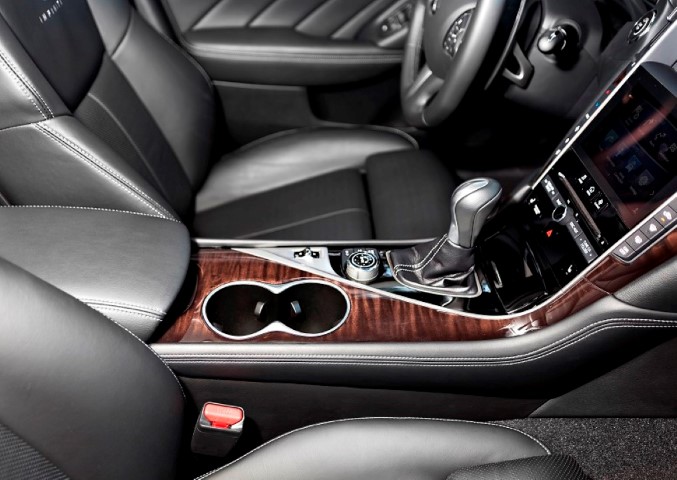
However, the most notable addition to the centre stack in the Q50 is the twin high-resolution touch-screen system featuring Infiniti’s new infotainment system, called InTouch. The two-tier screen has an eight-inch upper screen that’s used for navigation and a seven-inch lower screen that services the rest of the vehicles functions including radio, climate control, phone and the rest of your driver and car-assist settings. The lower screens’ buttons seem to be more advanced than many other models and the touch and feel for these buttons are reminiscent to an iPhone or iPad.
The dual system does allow for multi-tasking and being able to switch your radio and navigation at the same time, but the amount of technology can get overwhelming at times. Infiniti wants to be a leader in this department, but is there a point when it gets to be too much?

If you’re not tech savvy or wish to use knobs as opposed to touch screens while in motion, Infiniti kept radio seek and volume function buttons and scrolls below the lower touchscreen. Furthermore, climate control can also be changed from both sides of the centre console for the driver and passenger to make easy adjustments.
Interior room isn’t sacrificed even though its height has been lowered. Believe it or not there’s more headroom and shoulder room, which previous G37 owners will be happy to hear, but simultaneously jealous. There’s plenty of room in the front and the seats were more than comfortable, but for some reason I couldn’t find a perfect sitting position. My knees kept on tapping the side of the door and console, but I guess everything can’t be perfect.
Not to be forgotten, the Q50 can store up to four different driver settings. I know, more technology, but this one’s pretty cool. When I’m talking about driving setting, I’m not just talking seating position – to Infiniti that’s just common courtesy. The Q50 programs different entertainment functions, preferred climate and of course your own driving style. For your radio needs, the Q50 has a 14-speaker BOSE system with five speakers on the dash that can heighten any anthem. The 14-speaker system comes standard on the hybrid and the upgraded regular Q50’s, so keep that in mind when making your decision.
Under the Hood & Technology Galore
The Q50 comes with two engine options - the carryover 3.7-litre V-6 or new hybrid model that are available with your choice of rear-wheel drive or all-wheel drive. The V-6 engine produces 328 horsepower and 269 lb.-ft. of torque, which is very impressive for an entry-level performance sedan. Those numbers aren’t surprising as they were the same in the outgoing model, but what will surprise you most is that the hybrid is the more powerful of the two with 360 horsepower. Well that turns out to be the case when you combine both the 3.5-litre aluminum-alloy V-6 found in the hybrid alongside the 50kW electric motor. But it doesn’t matter how you get to the figure, if the hybrid can be stronger in acceleration and save you money in the process – where can you go wrong?
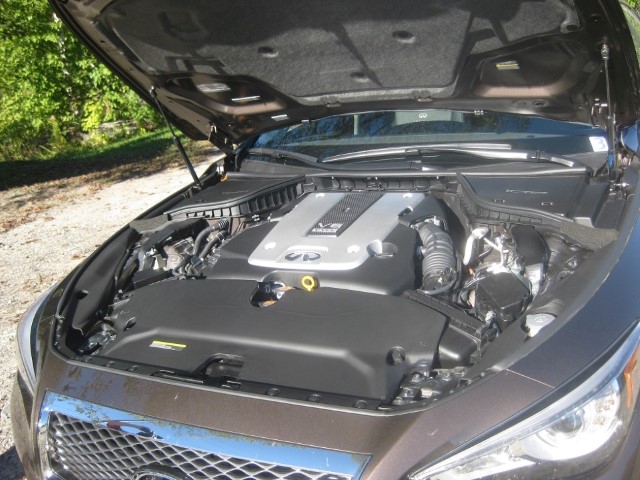
You won’t find a manual transmission in any of the Q50’s offerings, as all are fitted with a new seven-speed automatic transmission that provides a lot of control over the transmission. If you’re in the mood for some shift changes, you will be happy to know that most of the premium models come with magnesium paddle shifters.
There are five drive modes to choose from when you press the Infiniti Drive Mode button – standard, sport, eco, snow and a personal setting where you can choose your own driving style with any combination. The personal settings are all part of the Q50s technological brilliance that adds that personal touch – it’s called the Infiniti InTuition System. You can save your personal preferences from throttle response to adjusting your steering feel and it will be set-up for you every time you take the driver’s seat.
A lot of the excitement of the new Q50 centres on its new technologies. During the initial briefing of the Infiniti Q50, Tim Franklin, senior manager of product planning for Infiniti Canada, spoke about its new Direct Adaptive Steering. “It’s the first of its kind in the world that makes the driver input completely electronic,” explains Franklin.
It’s an all-electric steering system that has no physical connection between your hands on the steering wheel and the front wheels. What happens instead is that a transducer is used to relay your steering input to a pair of electric motors that turn the wheels for you. There’s a lot of trust in the system, but if there were to be a communication breakdown – Infiniti has set-up a mechanical back-up system that changes to manual steering instantaneously.
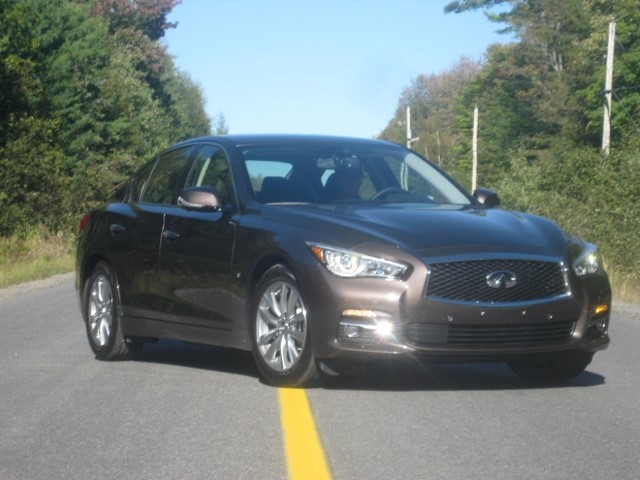
At this point, you might be asking why is this all-electronic system more exciting? And what are the advantages to it.
What it does allow for are quicker responses and a better steering feel. It has sensors that read angle changes and calculates the required movement needed at a faster rate than any other system. The system is a look into the future and has four different steering combinations to adapt to what you like. This is a perfect for the type of person that has a few different driving styles depending on the day. So, whether you’re in the mood for a quiet Sunday drive or if you’re feeling a bit friskier and want to go on an exhilarating ride – the system can adapt.
Two other brand-new systems that you will find in the Infiniti Q50 are Active Lane Control and Predictive Forward Collision Warning. The Active Lane Control was something that we had a little fun with. Through the vehicle’s sensors it steers the car for you making minor adjustments as the road changes in front of you. This is not to be used for a full autonomous drive, but more to assist you when you’re feeling fatigue or just need to stretch your arms.
What you need to do is turn on the “Green Shield,” yes, it sounds like a super-hero cape that covers the car and it also looks that way as a green force shows up on the Q50’s control panel surrounding a picture of the vehicle. The Active Lane Control was fun to use, but can’t fully correct itself on certain corners. It was an impressive tool and bettered the system on the Acura MDX and RLX, but I would still place a “Use with Caution” sticker on it.
The Predictive Forward Collision Warning system has been a big feature on the Q50’s commercials. It warns the driver of risks beyond their field of view. So not only will it detect what’s happening in front of you, it can provide you with a warning of what’s happening two cars ahead. In my opinion, any added safety works for me, so kudos to Infiniti for creating this impressive system. I was unable to test out this new system, so I can’t exactly tell you if it works, but that will have to wait for another test drive.
On the Road
When you’re not driving with the Active Lane Control on, the steering does react quickly and takes you instantly where you want to go. Remember, you can program you’re steering feel to your liking. I prefer a heavy feel typically found in any Volkswagen model for better control, so it was refreshing to drive the Q50 that way. I was finally allowed to have my cake and eat it too!
We first took out the 3.7 V-6 AWD from the Toronto (Etobicoke) airport into the cottage county of Muskoka. The drive route went through local streets, on the highway and onto country roads to experience everything the Q50 had to offer. The Q50 is not going to blast off with much shriek as would a Ford Mustang, but it has enough of a giddyup to work its way up from 0-100 km/h in 5.5 seconds.
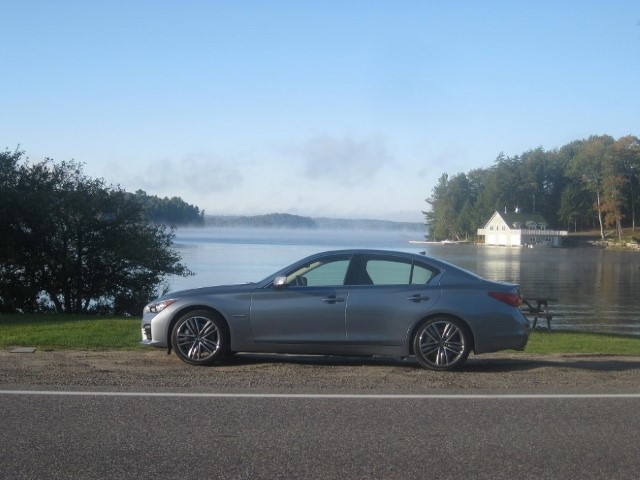
On the other hand, the hybrid version had more power, but it seemed to take longer to get up to speed. It’s actually quicker from 0-100 km/h than the gas model, just not between 0-30 km/h. I didn’t expect that lag, because of the talk of it being more powerful, but once it gets going – the hybrid can pedal.
Like any hybrid, the Q50 uses regenerative braking to re-capture its lost energy during periods of braking. It will take time to adjust and get used to the regenerative braking as well as the initial acceleration lag, but will become second nature soon enough. Outside of those two noticeable annoyances, the hybrid was one of the smoothest rides I’ve driven during the year. Road vibrations are almost non-existent, allowing you to enjoy a smooth and calm luxurious drive.
Infiniti estimates the 3.7-litre’s fuel economy at 6.7L/100 km on the highway, 10.6L/100 km in the city and a combined 8.8L/100 km. While, the hybrid is rated at 5.6L/100 km; 7.0L/100 km; and 6.4L/100 km. For my two drives, I will provide some real-life numbers as I averaged 9.8L/100 km in the 3.7-litre AWD and 6.6L/100 km in the hybrid.
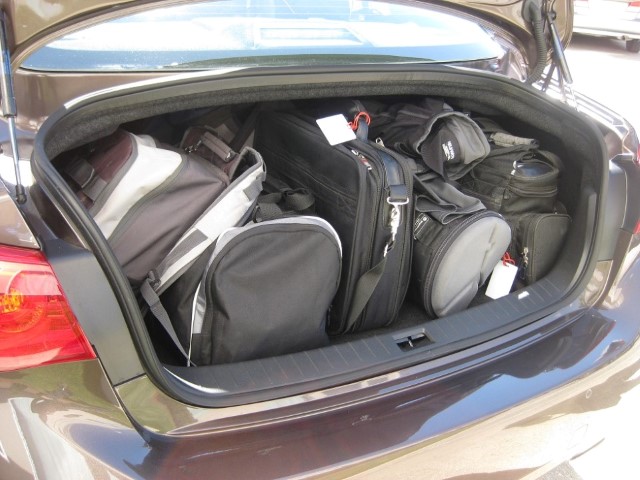
In Summary
Infiniti has worked long and hard to re-brand itself as a premier automotive competitor. The Q50 is the first of many new launches that represent the new exciting look and feel of Infiniti under the Q-based nomenclature. They’ve gone so far as to say that the Q50 is “without question, the best sedan we’ve ever built.”
Through two days of driving, I can tell you that the mix of styling, technology and ride quality in the Q50 does surpass any vehicle they’ve made and places it as a strong contender in its class. It compares well to the Cadillac ATS, Acura TL, Mercedes-Benz C-Class and the BMW 3-series. Its base price starts at $37,500, which is lower than all of those rivals listed except for the ATS, but sports a hybrid option (starting at $47,000) that only BMW can be on par with, but not in terms of price where the 3-Series jumps above $60,000. And for a further bonus, many of the premium options in the 3.7-litre comes standard in the hybrid.
When you break down the Q50, what stands out the most is its breakthrough advanced technology that clearly separates itself from its competitors. The technology triple threat of Direct Adaptive Steering, Active Lane Control and Predictive Forward Collision Warning is unique to Infiniti and many steps up from what they were producing. Throw in the mind-blowing fact that its hybrid is quicker than the gas version and saves you more money at the pump – it’s clear that Infiniti is heading in the right direction. Premium quality and technology at a reasonable price is always hard to pass up and well suited for the young professional looking for a fun ride. If you’re looking for an entry-level performance sedan, it won’t hurt for you to give the Infiniti Q50 the time and respect it deserves. And by the way, it's available right now!
